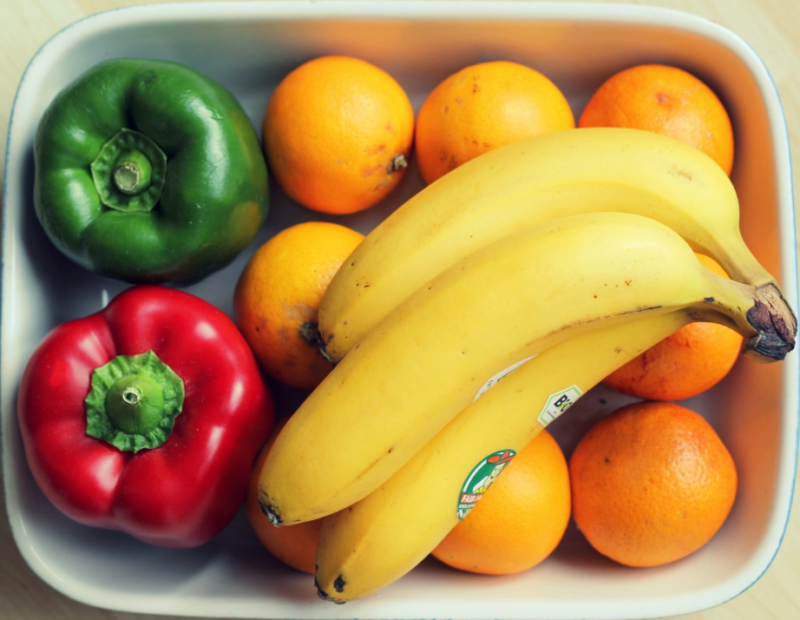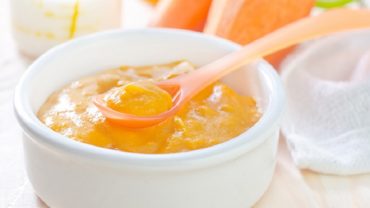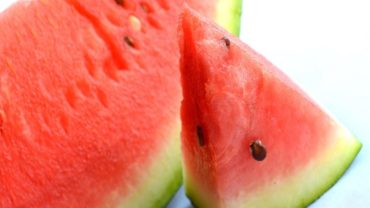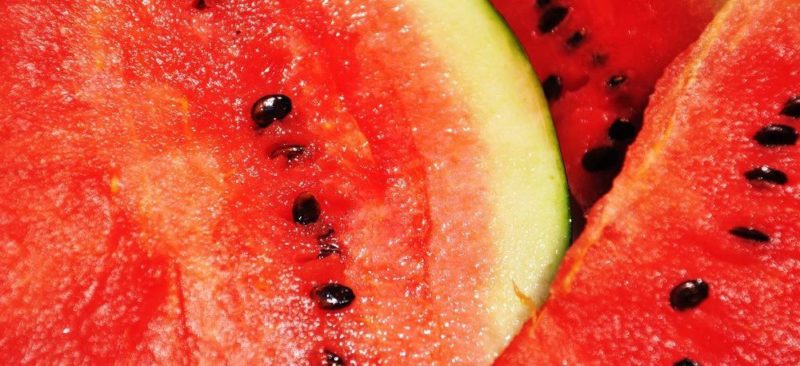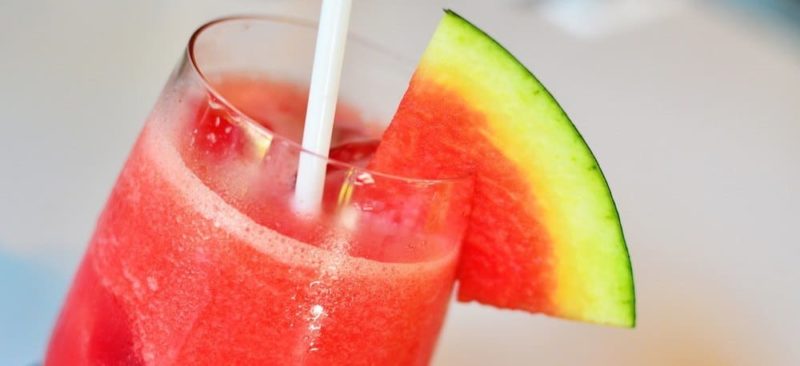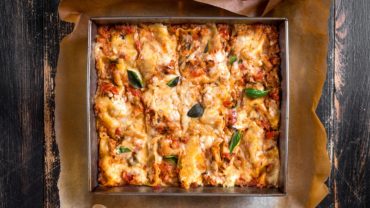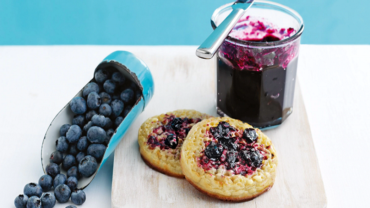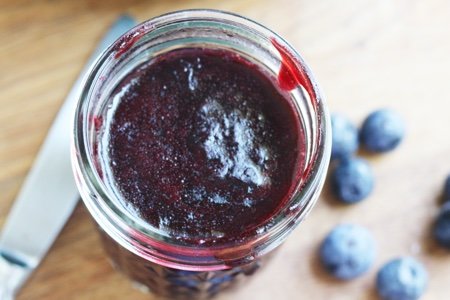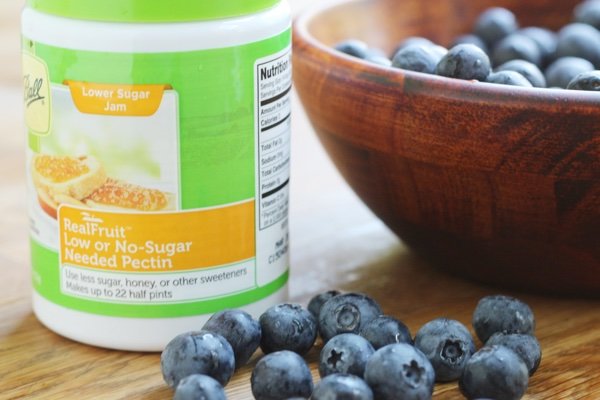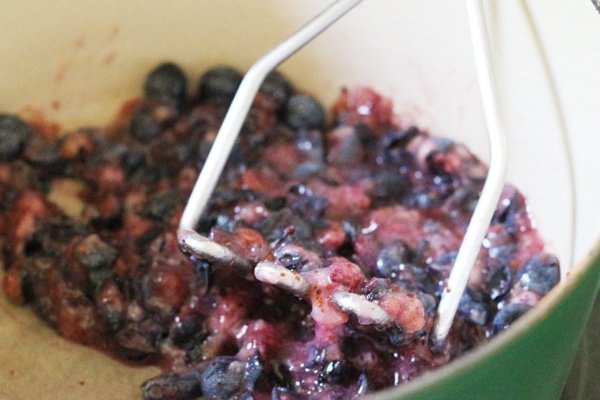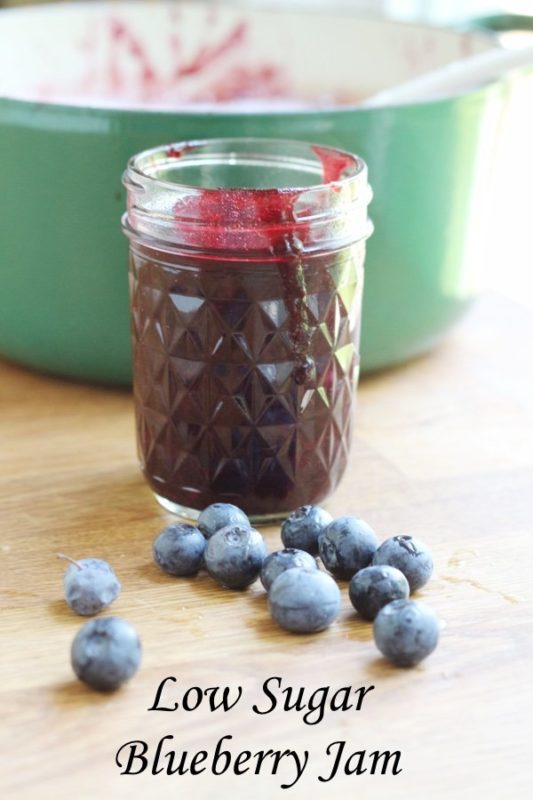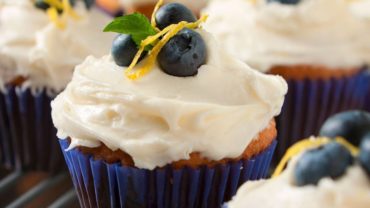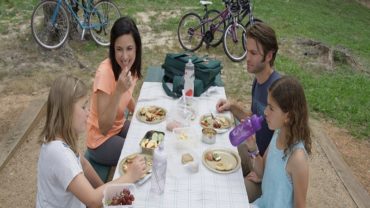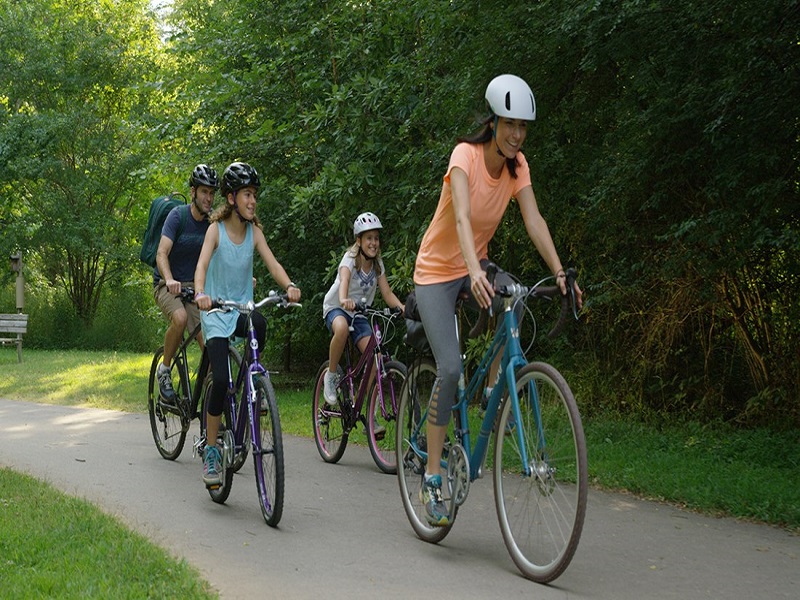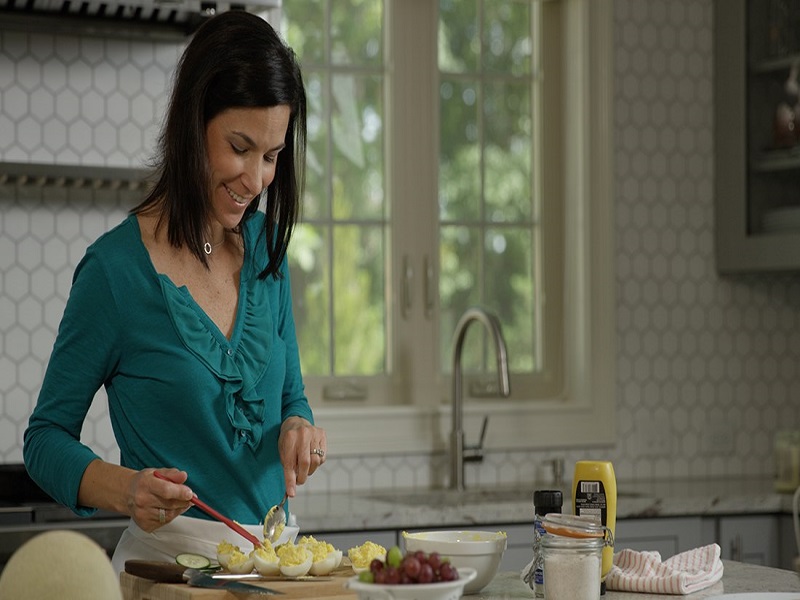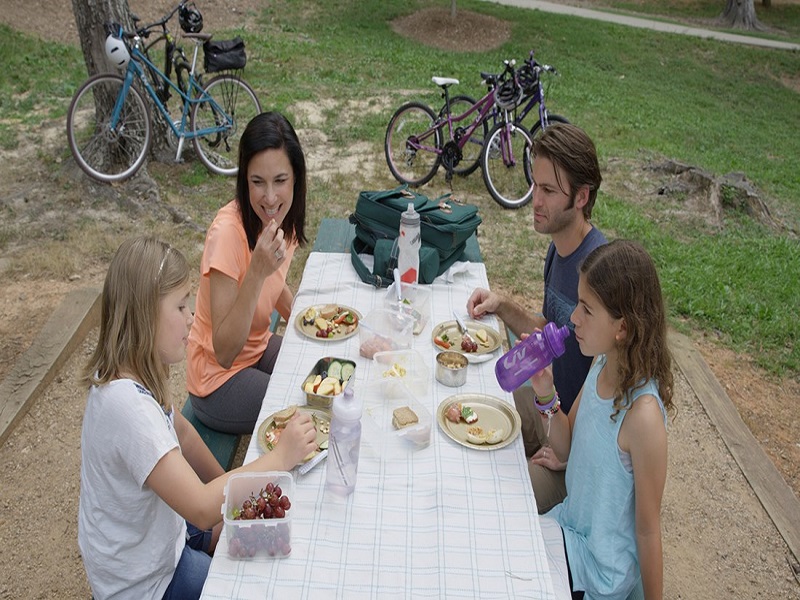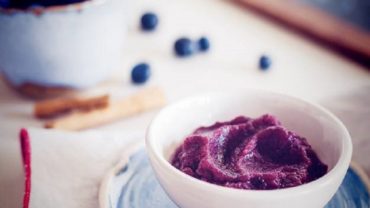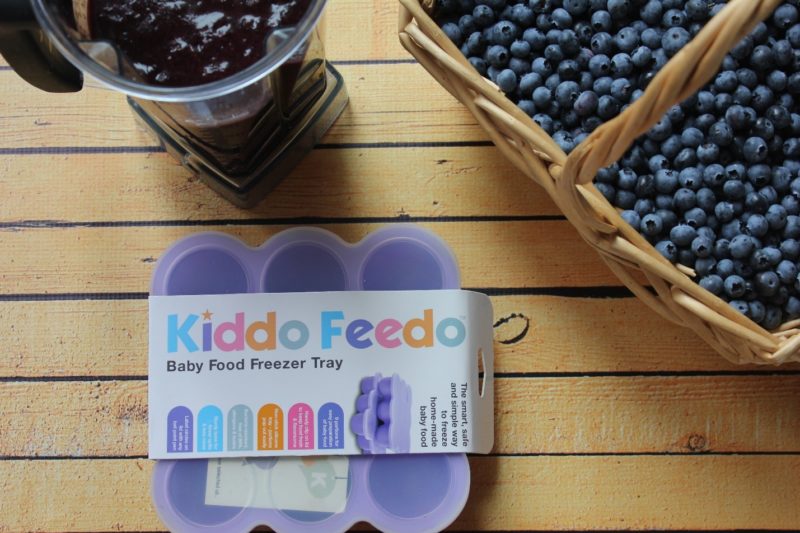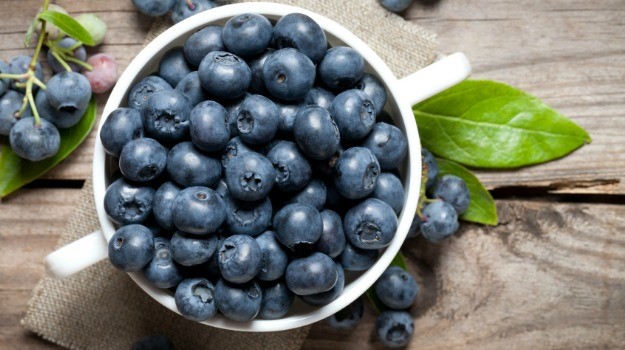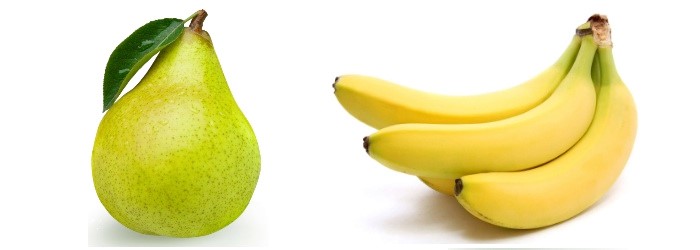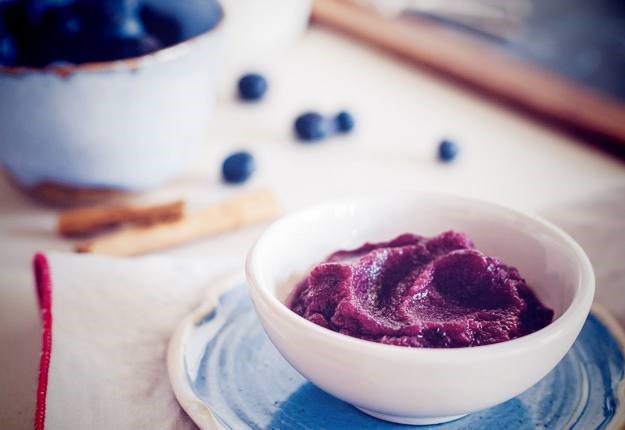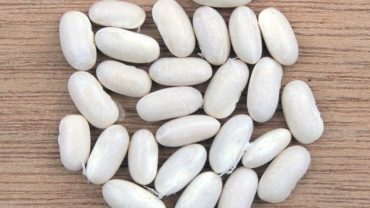via BEYOND Fit Mom: An apple a day keeps the doctor away…but what about bananas?
Bananas are a highly nutritious, energy packed fruit, so including bananas in your children’s diet will help you to provide them many beneficial nutrients.
Bananas contain lots of nutrients including:
- manganese
- vitamin B6
- vitamin C
- fiber
- Potassium
- Iron
- vitamin A
- biotin
In addition, here are some surprising health benefits of bananas for kids.
Health Benefits of Bananas for Kids:
- Gives Kids Energy: Bananas are great for children who play sports or are highly active. The carbohydrates present in ripe bananas are fast digesting and give kids instant energy.
- Improves Digestion: In addition to increasing energy, bananas always improve digestion due to the fiber content. Bananas contain a type of fiber called pectin. This fiber is water soluble and aids in proper digestion by converting the carbohydrates into simple sugars that are released. Regular intake of bananas regulates the bowel moment of your child and prevents gastrointestinal problems.
- Strengthens Bones: Due to their high potassium content, bananas are also great for strengthening your child’s bones. The potassium neutralizes the sodium that may be present in your child’s diet and thereby makes your child’s bones strong. The calcium that is lost during urination can be supplemented by a banana.
- Improves Eyesight: Studies show that children who eat bananas regularly have better eyesight. Bananas can improve your child’s vision due to the vitamin A that is present. Vitamin A is known for protecting the retina from many kind of diseases.
- Boosts Brain Power: Research has shown that children who ate bananas at least 3 times a day performed in their exams. Potassium rich bananas help to boost brain power in children by helping the circulation of blood to the brain. Bananas can also increase your child’s concentration power. You may give them bananas for snacks at school or in between study hours.
- Prevents Anaemia: Iron deficiency, where there is absence of red blood cell production, leads to anemia. Your child’s diet should include iron, folic acid, vitamin B12 and copper in sufficient quantity for the formation of red blood cells. A banana is enriched enough with all of these nutrients and helps in producing hemoglobin. Iron is good for your child and prevents your child from getting anaemic.
Baby’s First Food
Bananas are one of the the best solid food to introduce to infants. Bananas contain 0% fat, are easy to digest and are not allergenic.
Bananas can be introduced into your children’s diet from a very early stage, from about 6 months onward. Bananas can be a very nutritious baby food. You may introduce them by giving your baby mashed bananas with milk in small quantities. You can gradually increase the amount once you see how they tolerate it.



